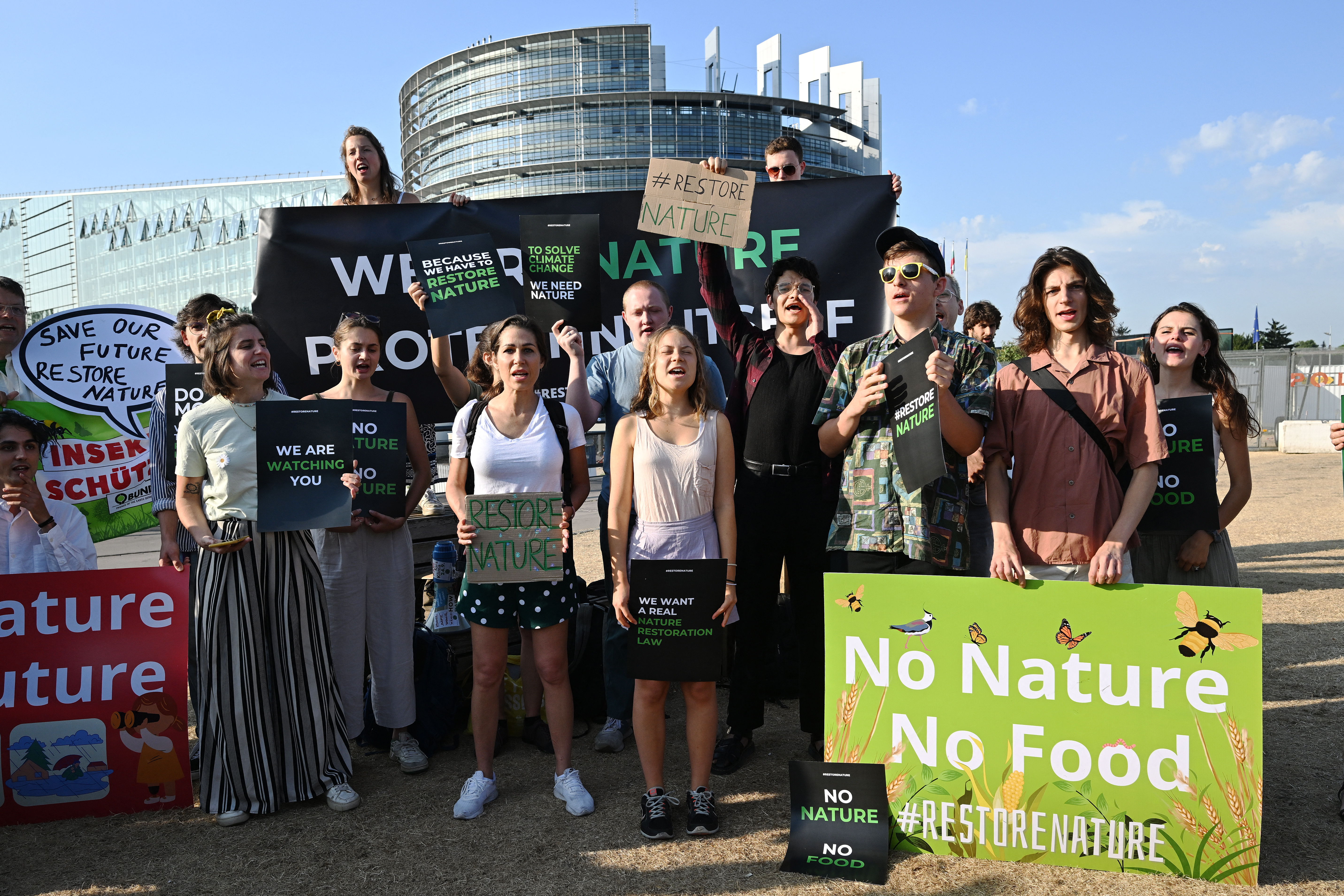Europe’s Nature Restoration Law enters into force

The EU’s Nature Restoration Law will enter into force on Sunday, the European Commission announced. Each member state will have to develop a national restoration plan to implement the objectives set out in the law.
After two years of controversy within the EU, the law was finally adopted on 17 June. A key element of the European Green Deal and the EU Biodiversity Strategy, it requires member states to put in place restoration measures in at least 20 per cent of the EU's land areas and 20 per cent of its sea areas by 2030. By 2050, such measures should be in place for all ecosystems that need restoration.
The law sets specific targets for different types of ecosystems, including peatlands, forests, marine environments and urban areas. It is up to member states to decide on the specific measures that will apply in their territories.
'Alarming rate'
Within two years, member states will have to submit their own national restoration plans to the European Commission, detailing targets for 2030, 2040 and 2050. The Commission will provide support in drawing up these plans.
The Commission says full implementation of the new law is crucial to restoring the EU's biodiversity and halting “biodiversity loss and the degradation of ecosystems which, despite EU and international efforts, continue at an alarming rate, harming people, the economy, nature and the climate.” More than 80 per cent of European habitats are currently in "poor or bad" condition.
Implementation of the law should ensure that the EU can reach climate neutrality by 2050, adapt to climate change and enhance food security. The law will support the achievement of other European ambitions, such as water security.
Campaigner Greta Thunberg (C) takes part in a demonstration in front of the European Parliament, Strasbourg, July 2023 © PHOTO FREDERICK FLORIN / AFP
Related news

